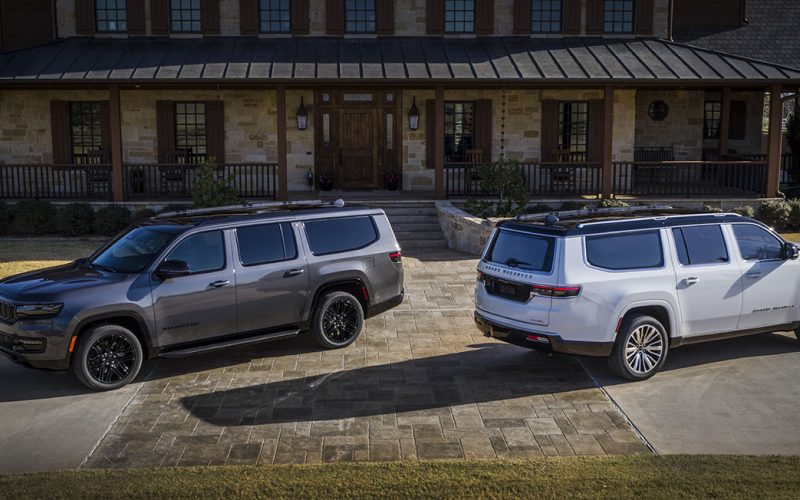
Reading Time: 4 minutesIt was only a matter of time before Jeep gave the extended wheelbase “L” treatment first
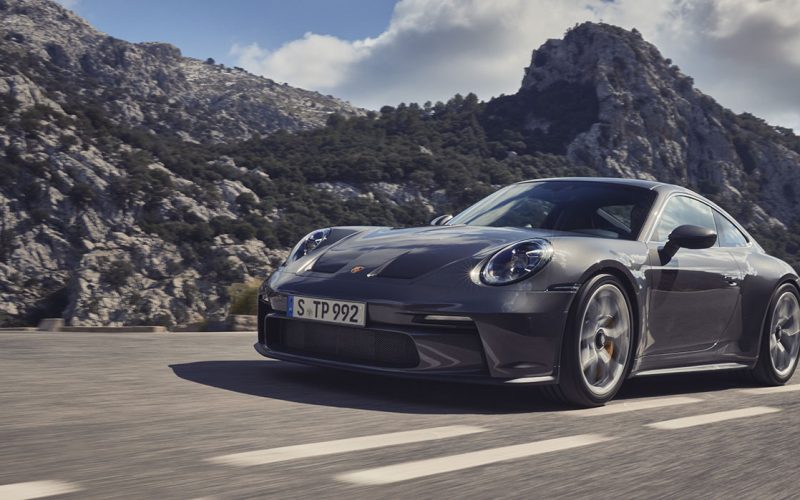
Reading Time: 6 minutesIf you want the purist of 911s, look no further than the fabulous GT3 coupe (we
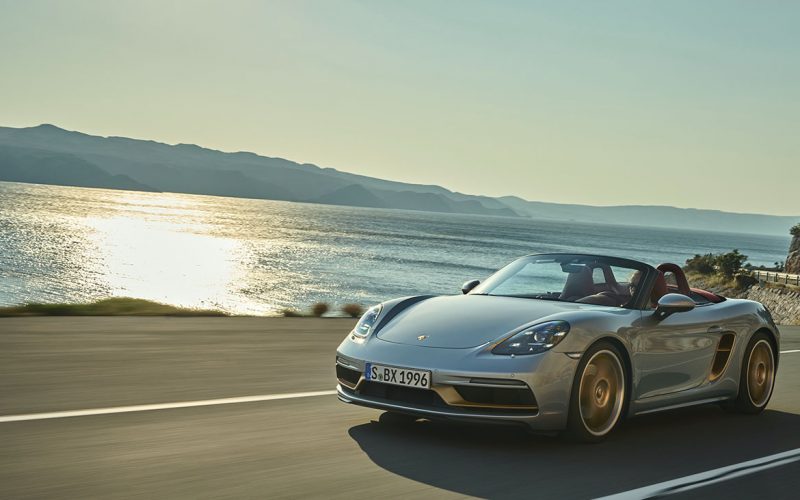
Reading Time: 5 minutesFew sports car concepts excited the motoring masses like the original Porsche Boxster prototype did when
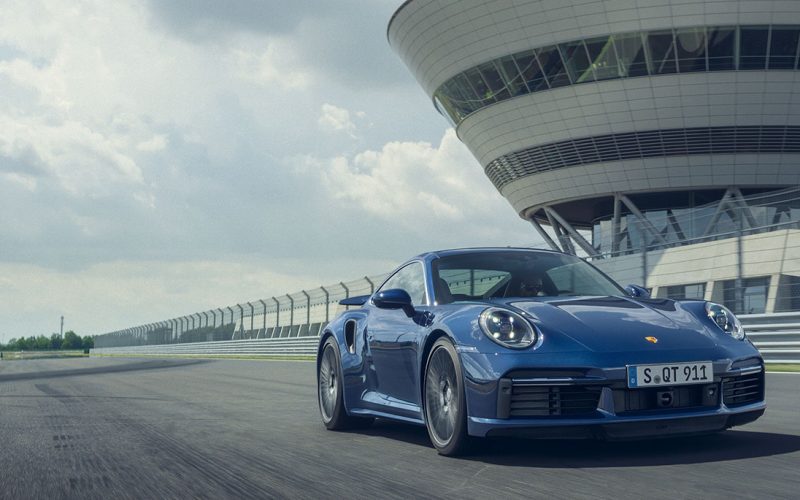
Reading Time: 4 minutesPorsche wowed performance car fans with its shockingly quick 2021 911 Turbo S back in April,
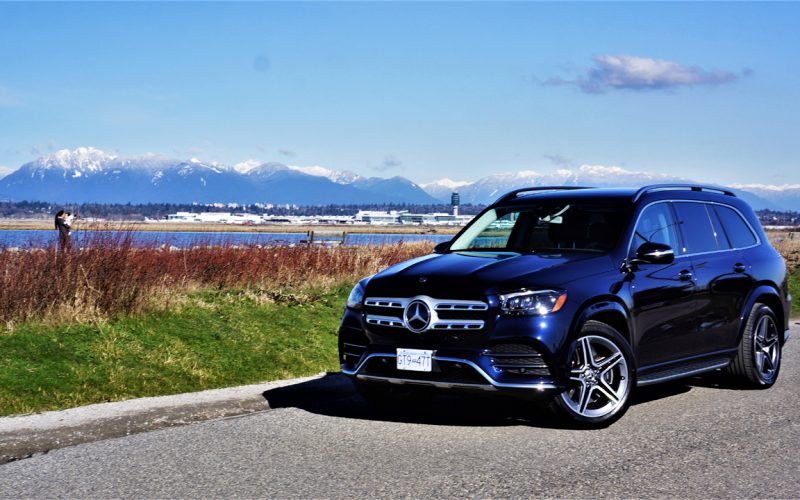
Reading Time: 11 minutesI hate to admit that with each passing year adapting to new things takes more time.
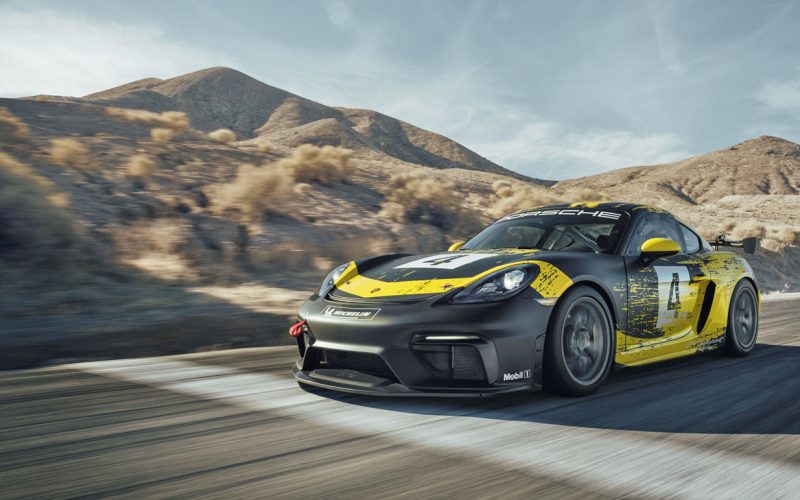
Reading Time: 6 minutesA significant coup for last month’s Canadian International Auto Show was the introduction of the new
© 2025 The Car Magazine. All Rights Reserved, Privacy Policy | Terms of Use